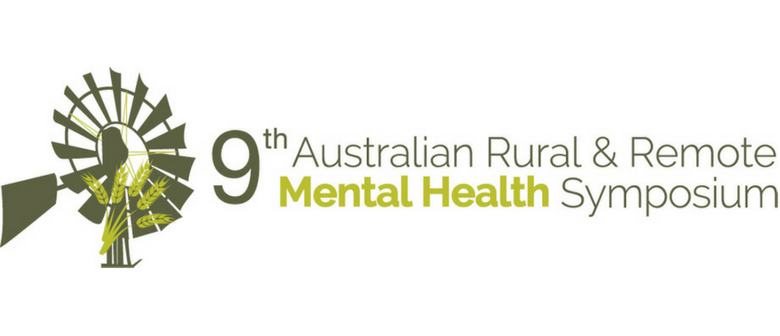The 2018 Australian Rural & Remote Mental Health Symposium will be held this month over 15-17 October at the Hotel Grand Chancellor, Hobart, Tasmania.
Joining us at the conference is Ms Martina Wyss, Manager Health Service Design at Primary Health Tasmania who will present on ‘An Overview of Headspace Intake and Demand Management’.
Abstract
The increase in demand for headspace services in Tasmania has identified a need to review, and potentially refine and improve demand and intake management processes. The need for a review was identified in discussions between Primary Health Tasmania and commissioned providers for headspace services in Tasmania: The Link Youth Health Services based in Hobart and Cornerstone Youth Services based in Launceston. As per the ASGC remoteness area classification, Launceston and Hobart classify as inner regional areas (RA2). Young people accessing headspace centres however also come from outer regional and remote regions.
It was identified that increased service demand and comparatively small funding increases make service intake processes and waiting times difficult to manage. It was reported that staff at headspace centres are experiencing increased workloads and are frustrated with not being able to provide timely services when young people need them. Increasing demand for service and limited access to alternative mental health service providers, adds additional pressure on headspace services to continuously review their practices and develop innovative models of care that improve efficiency and client access.
Methods
In June 2018 Primary Health Tasmania commissioned Brockhurst Consulting to review intake and assessment processes, report on innovative intake and assessment models currently used in youth organisations in Australia and provide recommendations of improvements for consideration.
Results
Key findings that are going to be presented:
• Summary and analysis of current intake and assessment systems and processes in youth organisations in Australia
• Recommendations for improvement of intake and assessment processes in the Tasmanian headspace centres taking into consideration the local context. Recommendations include ways to streamline intake processes at each centre, based on the level of service needed (early intervention, brief intervention, mild to moderate interventions)
• Recommendation of a draft implementation plan to assist headspace service providers with the practical steps on how to implement recommendations, including the implications of any suggested changes on current policies, procedures, workforce requirements and systems.
Key Learnings:
1. Summary and analysis of current intake and assessment systems and processes in Australia.
2. Recommendations to improve intake and assessment in the Tasmanian headspace centres in consideration of local context.
3. Recommendation of a draft implementation plan to assist headspace service providers with the practical steps on how to implement recommendations.
Biography
Martina Wyss had a 10-year nursing career, half of which was spent in the intensive care unit, in her native Switzerland before joining Primary Health Tasmania in 2015. By this time, she’d already gained experience and expertise in community services development and population health planning. She’d also completed a Master of Public Health graduate degree from the University of Tasmania, during which she wrote a thesis on organisational health literacy in general practice settings. In her current role as Manager - Health Service Design, Martina manages youth mental health, suicide prevention and rural health portfolios.
For more information on the upcoming 2018 Australian Rural & Remote Mental Health Symposium please visit anzmh.asn.au/rrmh